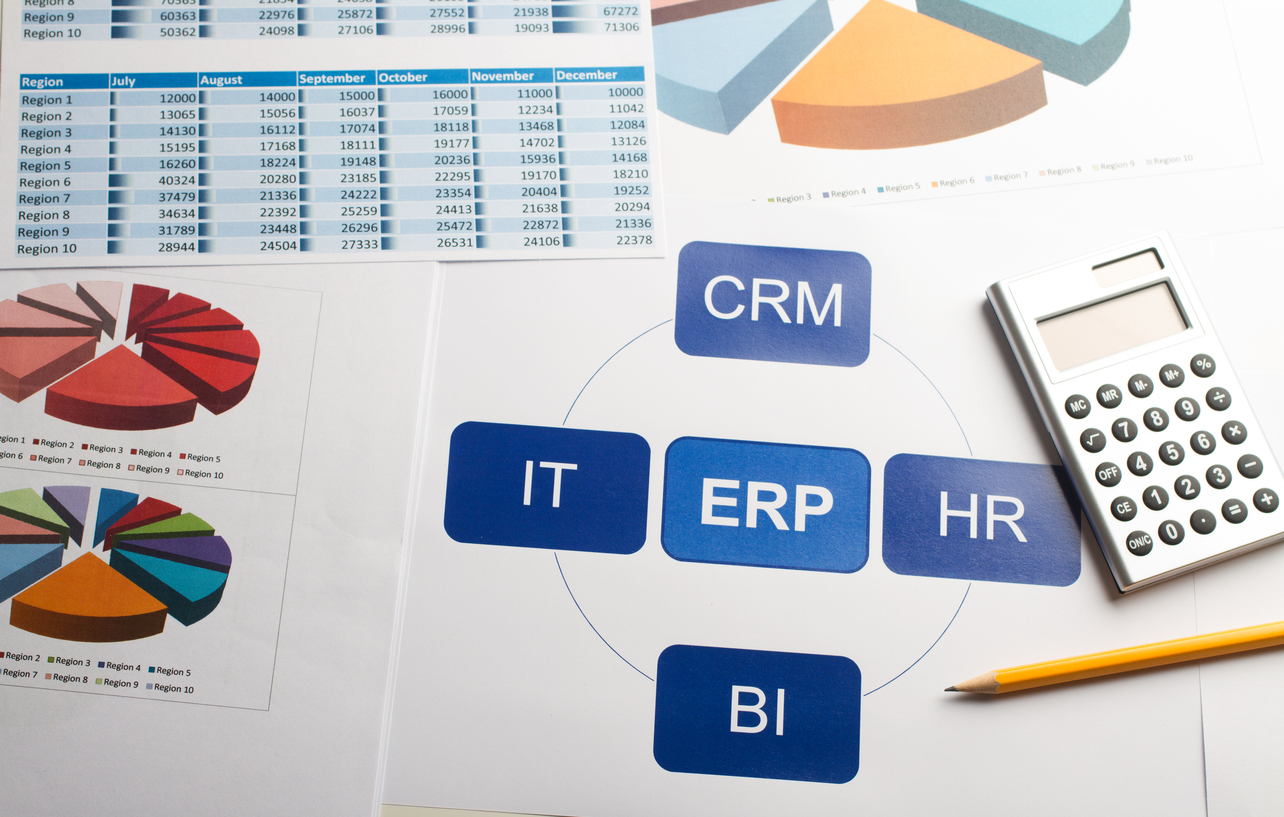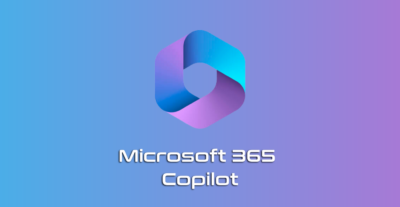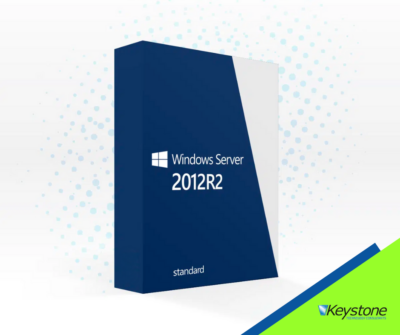Selecting enterprise applications is a necessary evil for organizations, and yet it must be done occasionally to keep up with the technology curves and market demands. Enterprise applications are those that affect a  significant portion of the user base and often the entire organization. These include Enterprise Resource Planning (ERP), Electronic Medical Records (EMR/EHR), Customer Relationship Management (CRM), Document Management Systems (DMS), and other significant platforms which may be unique to your organization or industry. Because of the number of users affected and the key business processes embedded in these applications, selecting enterprise applications is a significant decision and should be carefully thought out. Suitable planning at this stage will provide much better results and an easier path with less disruption for users.
significant portion of the user base and often the entire organization. These include Enterprise Resource Planning (ERP), Electronic Medical Records (EMR/EHR), Customer Relationship Management (CRM), Document Management Systems (DMS), and other significant platforms which may be unique to your organization or industry. Because of the number of users affected and the key business processes embedded in these applications, selecting enterprise applications is a significant decision and should be carefully thought out. Suitable planning at this stage will provide much better results and an easier path with less disruption for users.
This process as well beyond the limited content of an article of this nature. Contact us using the information at the end to request a white paper that goes into much greater detail. And we can help you with this process to provide an independent expert coach that will facilitate the process to much better results.
Overview of Selecting Enterprise Applications
Selecting enterprise applications is a multiple step process with various checkpoints to improve the outcomes. Consider these steps when taking on this important project.
Team Assembly – the first step is to assemble the team that will work on this process, and should be suitably sized and represent the areas of the organization. As with any team, one that is too large will become unwieldy and inefficient, and ultimately ineffective. The first decision is to identify the owner of the selection process, which should be a senior executive capable of providing resources and clearing roadblocks in decisions. Then identify individuals who deeply understand the business process of the area they represent.
Write Requirements – the next step is to document what you will need the software to do. Qualified consultants can provide you with tools to help you develop these so you do not miss important functions for your environment. You may need to document the functions for your accounting department, research and development, sales, production planning, and other key areas of the business. Each area will have a list of necessary capabilities weighted by importance. Skipping this step will likely cause you to deploy a software package that does not meet your needs.
Define a Scoring Methodology – to turn the requirements into a selection tool, you will need to record your observations and a score as to how a software package will meet your needs. As with the requirements, this should be weighted and represent various business areas also weighted according to how they align with the strategy of the organization. If a maintenance module is represented in the requirements but that function is not critical to the business then it would have a lower weight than supporting the sales team which is core to the business strategy.
Establish a Budget – A rule of thumb budget for an on-premise application such as ERP can be set at 3% of annual revenue, but this can vary depending on your business size, the number of users and the industry you are in. A hosted ERP system with annual per user fees will have a different structure. You should assume that implementation costs will be approximately 2.5 times the cost of software licenses. If you were an organization with an annual revenue of $50 million, you may begin your budget at $1.5 million, and expect to spend between $300,000 and $400,000 in first year licensing fees, and the remainder of the budget on implementation costs. Implementation costs will primarily include consultants, and the cost of the internal workforce assigned to the project. You can refine your budget as you continue through this process.
Identify Vendors – based on your requirements certain application vendors will come to the forefront. A consultant can help you identify these and make initial contact to maintain your privacy an integrity of the process.
Prepare an RFP or RFI – Using your requirements you can develop an RFP and submit it to the vendors. Once again, a consultant can help you with this step to have the appropriate documentation and moderate the process.
Create a Short List of Vendors – based on the information from the RFP/RFI process you should identify three or four vendors that could best meet your needs. You may also want to consider separating the selection of the software vendor from the implementation vendor.
Hold Focused Demos – a focused demo uses data similar to, or your actual data, and models some of your key business processes so you can see how the software will perform your most critical functions. The vendor will perform these demos and your team should be present to watch and score using the tool created previously.
Collect the Score from the Demos – collect and aggregate the scores from the team and rank the vendors from highest score to lowest. Review this with the team to make sure it matches their anecdotal perceptions and there is good consensus.
Receive Proposals – if you did not receive proposals previously you should request them now from the vendors that will meet your needs. These proposals should be highly detailed and identify the licenses you will need, the implementation plan and schedule, and all costs. You should also receive a description of the team and their skill set that will do the implementation.
Do Reference Checks and Visits – Ideally the vendor will provide references for you to contact like your organization in industry, size, and the way the software is used. The team should do at least one site visit to see how the reference organization uses the software and what their experience was with the vendor.
Negotiate – at this point you should be down to one or two vendors and should enter final negotiations to request best and final pricing, and clearly defined schedules and deliverables to meet your needs. Be careful to look for scope of needed modifications and enhancements.
Award a Contract – a final review of all previous steps should be done, particularly the scoring to ensure that it still meets your needs and that nothing has changed in the business or market place. At this point you can award a contract and prepare for the implementation phase.
Congratulations you’ve just completed a process meant to facilitate the critical task of selecting enterprise applications. This is a key component of your business which hopefully will last you for a long time!
We realize this was just a short article that gave little detail. Please request our white paper which expands on this subject and see if we may help you with this. You can get that by emailing to Info@KeystoneCorp.com




